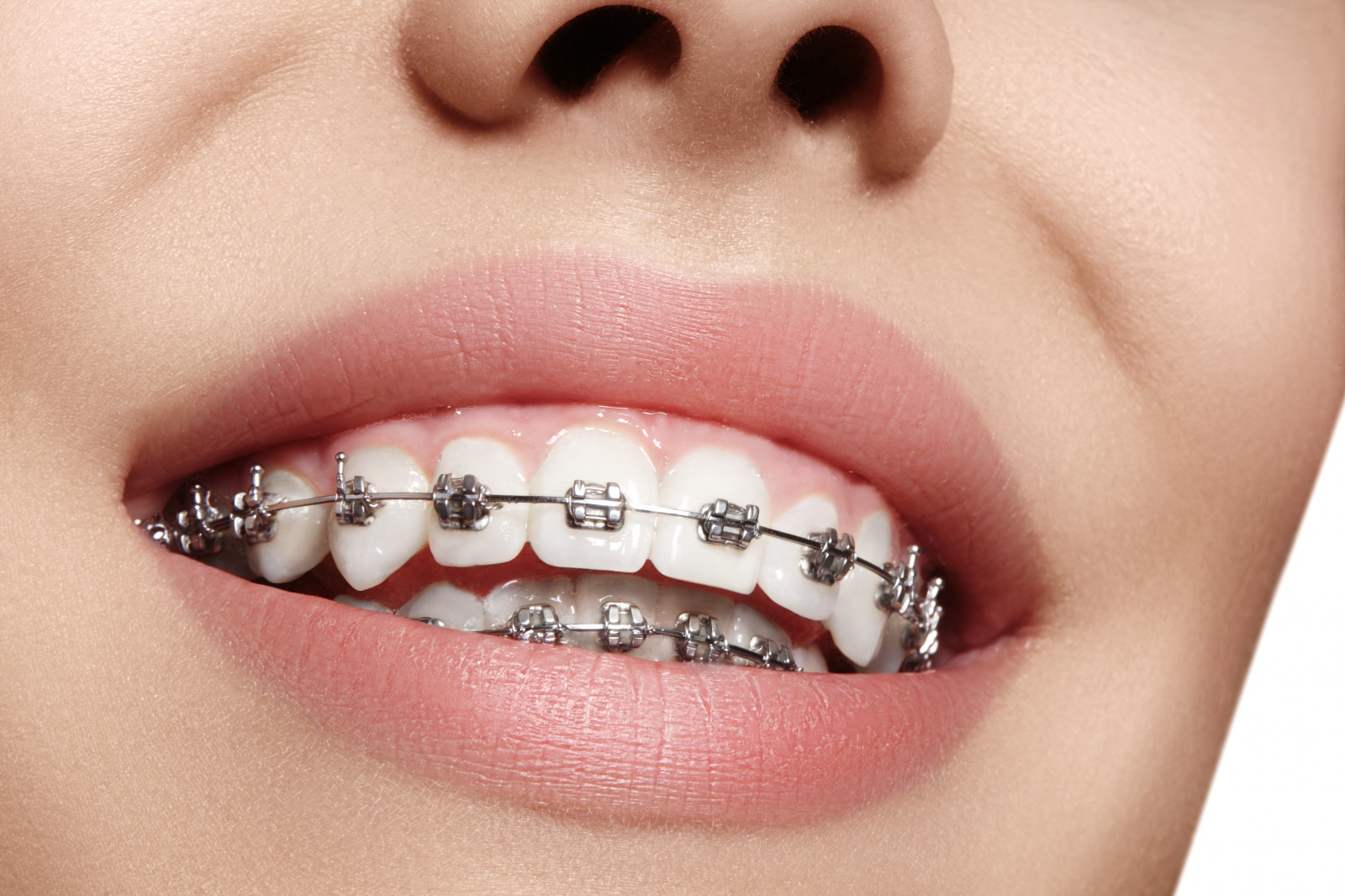9 Easy Facts About Causey Orthodontics Explained
Wiki Article
Not known Factual Statements About Causey Orthodontics
Table of ContentsCausey Orthodontics - The FactsNot known Details About Causey Orthodontics A Biased View of Causey OrthodonticsThe smart Trick of Causey Orthodontics That Nobody is DiscussingAll about Causey OrthodonticsSee This Report about Causey OrthodonticsGetting The Causey Orthodontics To Work
What is the distinction in between a dentist and an orthodontist? All dental professionals, consisting of orthodontists, treat the teeth, gums, jaw and nerves.
You can assume of both physicians who deal with gum tissue and teeth problems. The main distinction is that ending up being an orthodontist calls for a specific specialized in treating the imbalance of the teeth and jaw.
Getting My Causey Orthodontics To Work
An orthodontist is a dental expert that has undertaken training to specialize in the medical diagnosis, avoidance and treatment of irregularities in the jaw and teeth. They can additionally identify potential issues in teeth alignment that might develop when problems are left without treatment (family orthodontics).
This consists of all the needed education and learning to end up being a general dental expert. According to the American Student Dental Association (ASDA), it implies you will require to have either a Doctor of Medication in Dental Care (DMD) or a Doctor of Dental Surgical Treatment (DDS). In various other words, orthodontists require to complete dental college and after that obtain an orthodontics specialty education.
Some orthodontists likewise get their masters in craniofacial biology. These programs focus on 2 particular areas or self-controls: Dentofacial Orthopedics: This study focuses on leading teeth and jaw development.
The 6-Minute Rule for Causey Orthodontics

 These consist of device such as braces, retainers and Invisalign. So, what does an orthodontist do, and what do they concentrate on? The overall objective of an orthodontist is to enhance a patient's bite. Not every person is born with straight teeth, and an orthodontist will make sure that people get uniformly spaced straight teeth.
These consist of device such as braces, retainers and Invisalign. So, what does an orthodontist do, and what do they concentrate on? The overall objective of an orthodontist is to enhance a patient's bite. Not every person is born with straight teeth, and an orthodontist will make sure that people get uniformly spaced straight teeth.
Top Guidelines Of Causey Orthodontics
The American Organization of Orthodontists advises your very first check up by age 7. You'll need to see your orthodontist if you have an imbalance in your teeth, likewise referred to as malocclusion. If you discover uneven bite patterns, a somewhat askew jaw, or when your teeth are overcrowded, you will likely require orthodontic therapy.At Advanced Orthodontics, we provide patients with a alternative therapy experience. Additionally, we use flexible therapy timetables, flexible payment options and a fun, delightful experience. Call ( 480) 357-4900 today for additional information and timetable a visit.
An orthodontist is a dental expert trained to identify, avoid, and deal with teeth and jaw abnormalities. Orthodontists work with individuals of all ages, from kids to adults (https://1businessworld.com/company/causey-orthodontics/).
Not known Details About Causey Orthodontics
Malocclusion, or misaligned teeth, can bring about oral concerns, including dental caries, gum condition, and challenging or uncomfortable chewing. However not every person is born with straight teeth. If you have a poor bite or huge areas between your teeth, you may intend to seek advice from a dental professional specializing in orthodontic care.(Picture Credit Report: DigitalVision/Getty Images) Orthodontists utilize fixed and removable dental devices, like braces, retainers, and bands, to change the setting of teeth in your mouth. Orthodontic therapy is for oral irregularities, consisting of: Jagged teethBite problems, like an overbite or an underbiteCrowded teeth or teeth that are too far apartJaw misalignmentThe goal of orthodontic treatment is to enhance your bite.
The smart Trick of Causey Orthodontics That Nobody is Talking About

All orthodontists are dental experts, yet not all dentists are orthodontists. Orthodontic residency programs use intensive, concentrated instruction for oral experts. They concentrate on two areas: How to appropriately and safely move teeth Exactly how to correctly lead growth in the teeth, jaw, and faceOnce an orthodontist has actually completed training, they have the choice to come to be board certified.
Malocclusion leads to tooth congestion, an askew jaw, or uneven bite patterns. Malocclusion is normally treated with: Your orthodontist affixes metal, ceramic, or plastic square bonds to your teeth.
Get This Report about Causey Orthodontics
If you have just minor malocclusion, you may be able to use clear braces, called aligners, as opposed to conventional dental braces. Some people require a headwear to aid relocate teeth right into line with pressure from outside the mouth. After dental braces or aligners, you'll require to use a retainer. A retainer is a personalized device that keeps your teeth in place.Report this wiki page